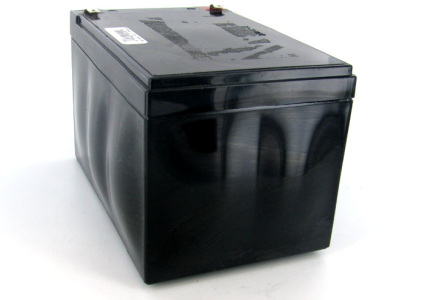jimbo
New member
I need some help with a battery or cabling/connector issue. I have 4 x 118amp carbon lead batteries on my boat, they are 4 years old, have never been discharged below 70% and are kept topped up by solar panels. Until this week they have been working very well. A few days ago, after about 6 hrs sailing, using all the usual loads such as plotter, autopilot, fridge etc, the plotter low voltage alarm went off (not unusual tbh), and then the main board low voltage alarm went off. The (not totally reliable) Scheiber board was reading 11.8v whilst the Victron battery monitor was reading 12.3v with batteries 90% full. A couple of hours later the autopilot shut down as did the plotter. The board was reading 10.5v whilst the Victron monitor was saying 12.2v. The autopilot could only be revived with the engine on. A couple of days later the same thing happened (the batteries had been charged to 100% on shore power the day before). This time the solar regulator alarm also went off, advising batteries below 50% (Victron monitor suggested 88%). This could be a totally unrelated fault with the regulator but the timing is suspicious. Checked the Victron settings and all ok and charging to 100% should synchronize SoC readings.
Have the batteries expired or is this a cabling issue? Any suggestions as to how to resolve very welcome.
Have the batteries expired or is this a cabling issue? Any suggestions as to how to resolve very welcome.

